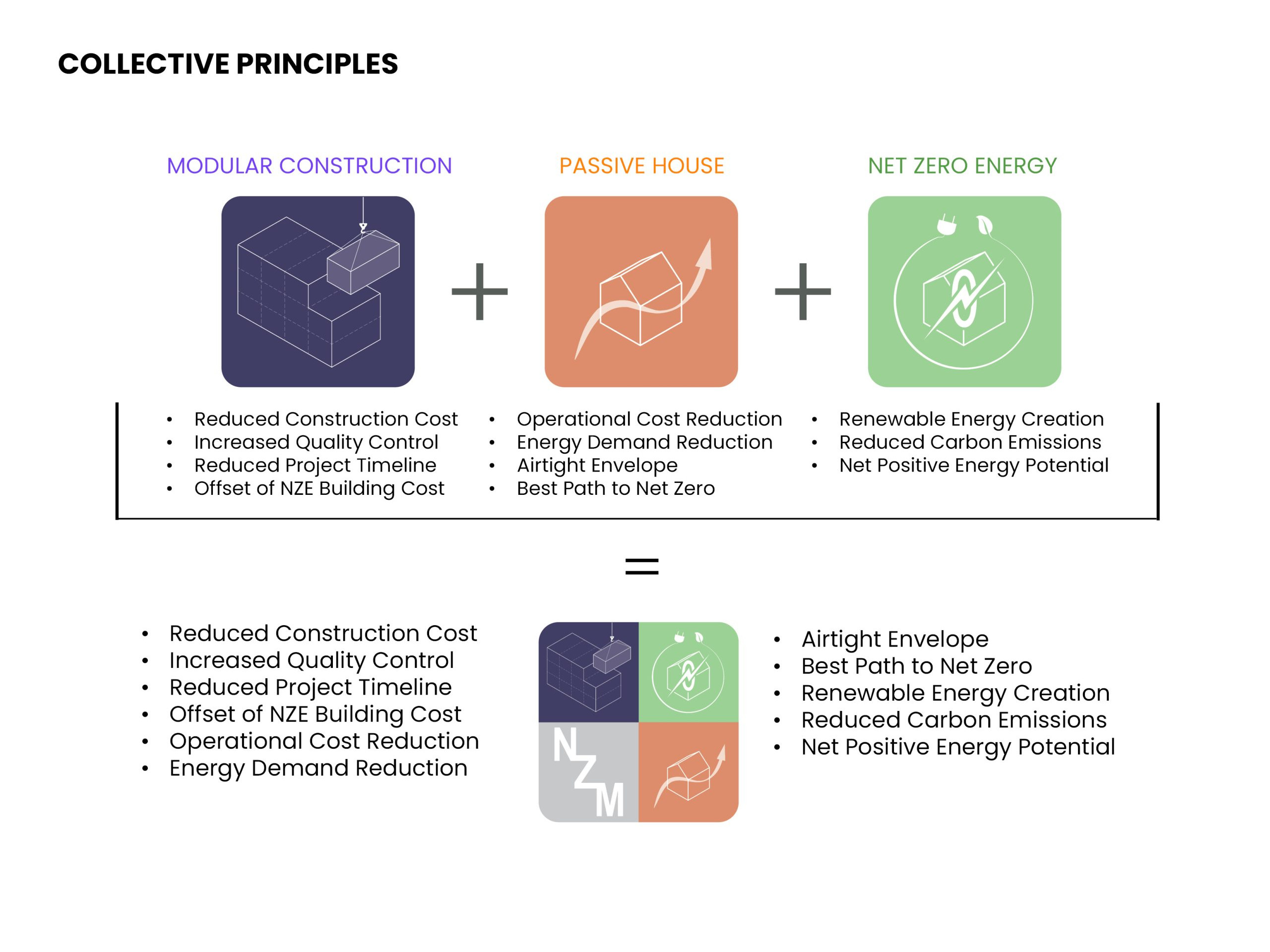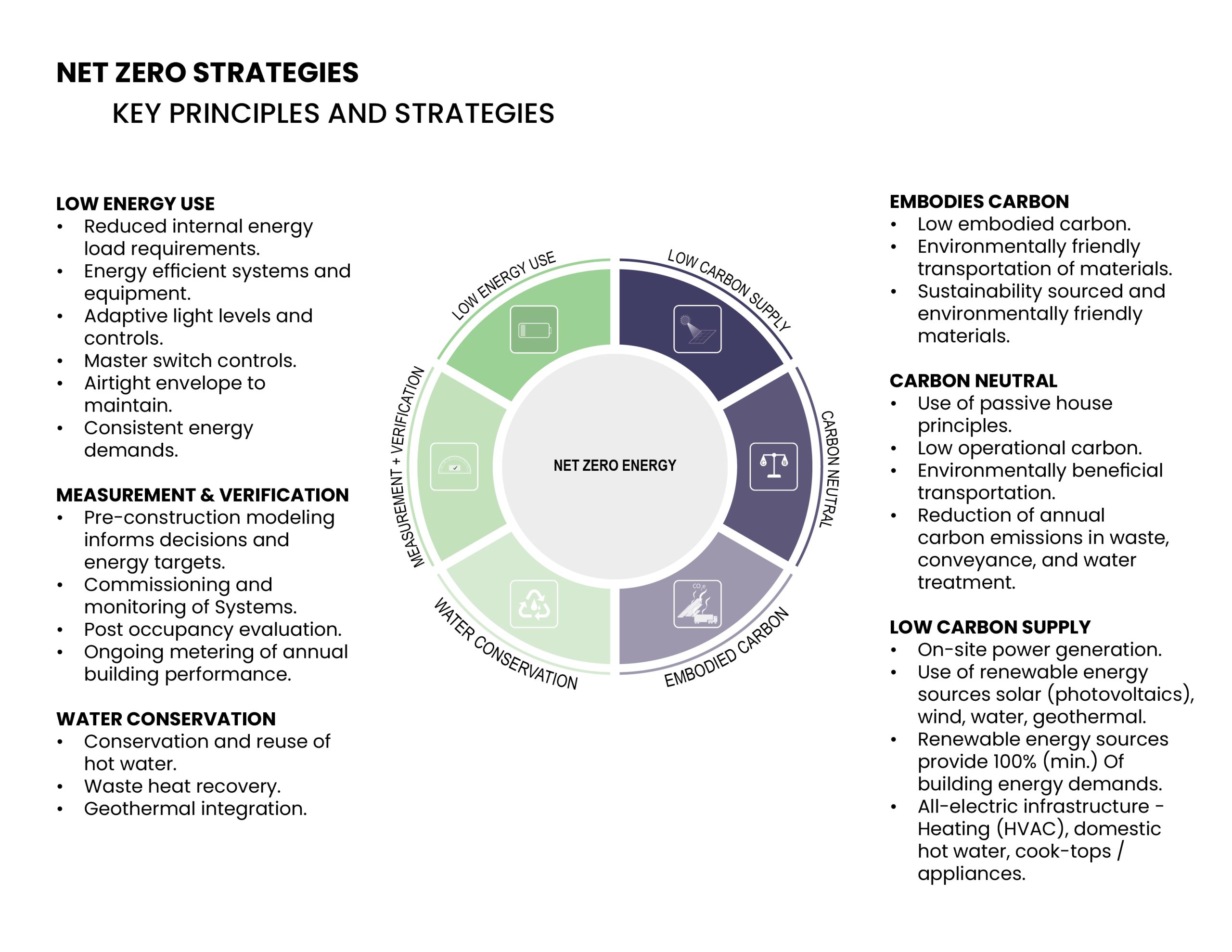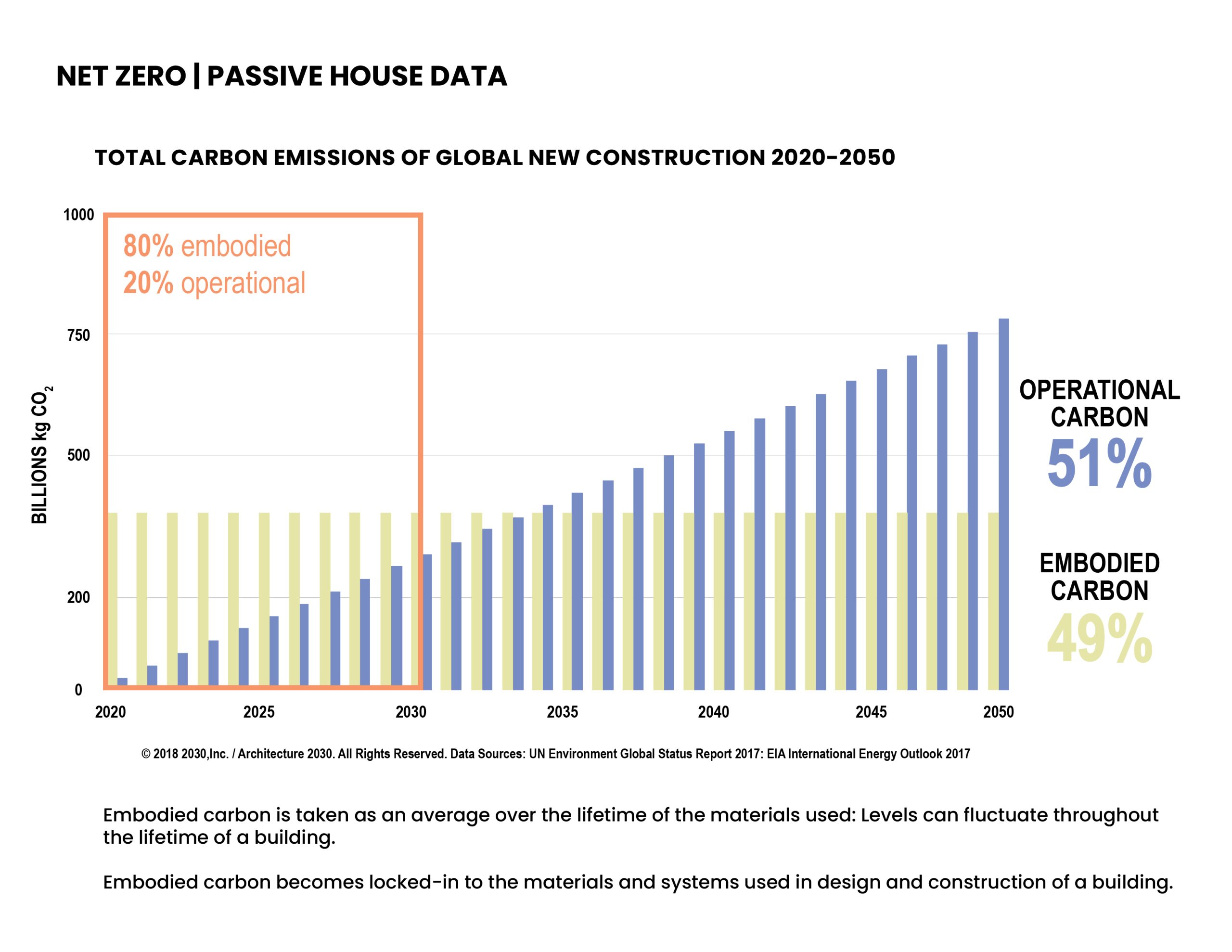AIRTIGHT ENVELOPE
- Creating a building envelope that is extremely airtight, prevents infiltration of outside air and loss of conditioned air.
- Combined with super-insulation, airtightness dramatically reduces Temperature variations, which also prevents condensation and mold issue.
- Reduce air leakage to values within passive house standards.
CONTINUOUS INSULATION
- Continuous super-insulation and careful detailing eliminates thermal bridging of extreme temperatures from outdoor air through components of the Exterior envelope.
- Continuous insulation also envelopes and protects all below foundations and Slabs-on-grade.
- Thermal resistance factors for exterior envelope assemblies must meet the Minimum passive design standards.
BALANCED HEAT- AND MOISTURE-RECOVERY VENTILATION
- Continuous low-level mechanical ventilation of fresh filtered air provides Superb indoor air quality.
- Heat recovery ventilation (HRV) uses the heat in stale exhaust air to preheat incoming fresh air to the greatest extent possible.
- Energy recovery ventilation (ERV) can also capture some of the humidity in the Air to keep it on the same side of the thermal envelope that it came from.
HIGH-PERFORMANCE WINDOWS AND DOORS
- Utilize high-performance windows (double or triple-paned windows depending on climate and building type) and doors.
- Solar gain is managed to exploit the sun’s energy for heating purposes in the heating season and to minimize overheating during the cooling season.
The application of these passive design principles results in ultra-low energy buildings that require little energy for space heating or cooling and offer the best path to net zero and net positive buildings by minimizing the load that renewable are required to provide.


